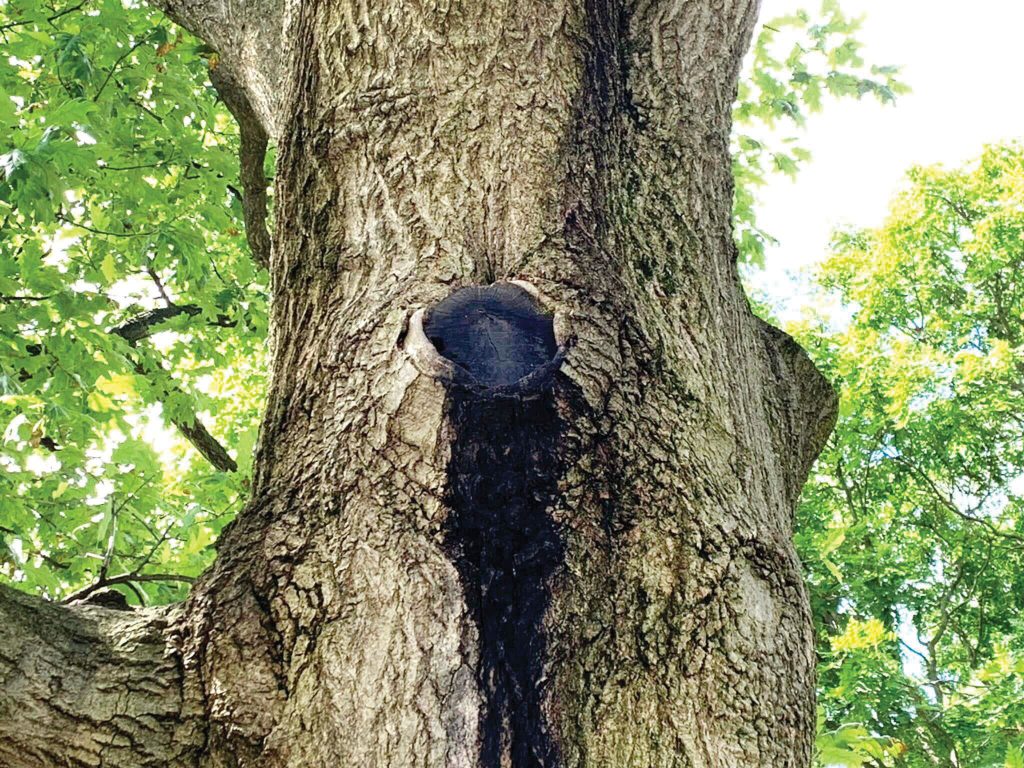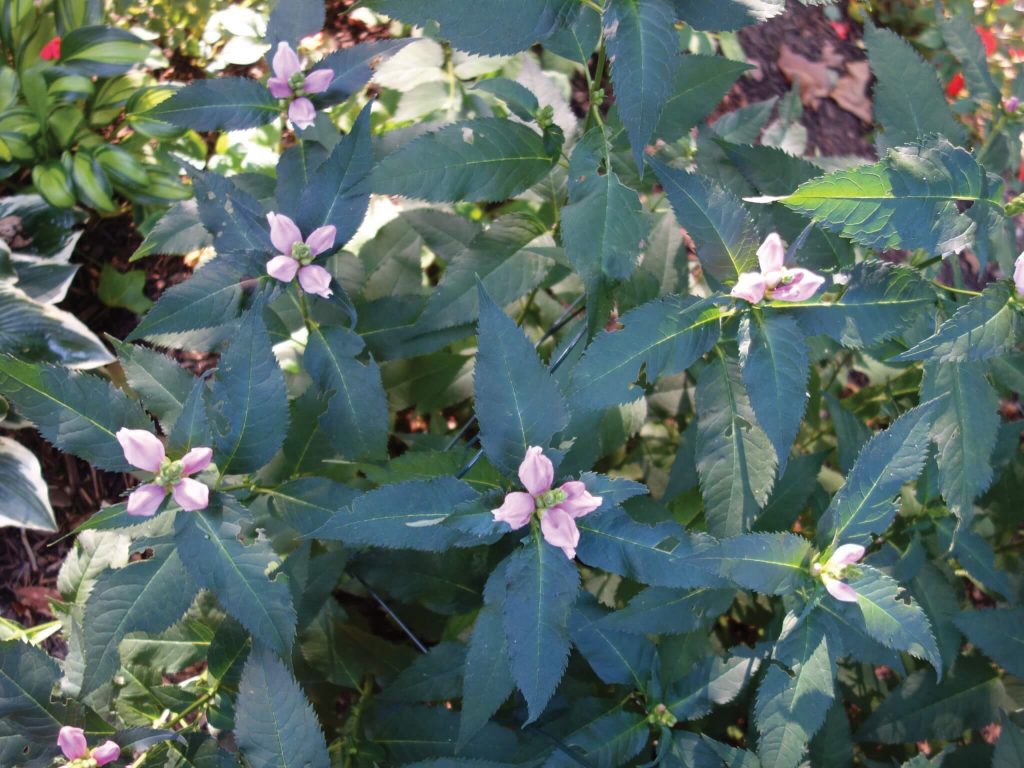Flummoxed by white oak slime

Q:
About 18 months ago, my 30-year-old oak tree started weeping a liquid about 15 feet up on one side. A couple of branches way above it appeared to die off. The rest of the tree seemed OK. Later the backside seemed to crack in several places and a liquid flowed down the tree. However, the leaves way up remained green and fell in the fall as usual along with huge numbers of acorns. Now almost two years later several cracks have appeared where the liquid flowed, but leaf buds are appearing all over the tree.
It is a huge tree about 14 inches in diameter. Could it have recovered? Is it still in danger? Last summer two small branches grew on this lower part of the tree! The tree is on the front of my residence and provides great shade. I would hate to see it go. Also, it probably would cost nearly $1,000 to remove.
Joan Moran, Valparaiso, Ind.
A:
It sounds as if your tree may have a condition called slime flux, which is usually associated with wounds or other damage to the trunk. It is usually not fatal to the tree on its own, but it can be indicating other damage has occurred.
The Purdue Landscape Report recently published an article on this subject: www.purduelandscapereport.org/article/slime-flux-of-trees/.
The dead branches should be removed taking care to avoid injury to the trunk. If there is significant damage, you may want to contact a certified arborist to assess whether the tree might be a safety risk.
Purdue Landscape Report recently covered this topic as well: www.purduelandscapereport.org/article/how-to-identify-tree-defects-and-what-to-do-about-it/.
Bees, butterflies like turtlehead flowers

Q:
I have a question about a perennial in our garden. Can you identify the plant in the attached photos, taken just a few weeks ago?
R.S., Indianapolis
A:
The plant in your photos is the native perennial called turtlehead, known botanically as Chelone. The name of the plant comes from the flowers thought to resemble a turtle’s head.
Turtlehead prefers moist conditions, part shade, but it can adapt to sunnier locations if moisture is sufficient. Bees and butterflies are attracted to the flowers.
Some additional information on turtlehead is available at www.illinoiswildflowers.info/wetland/plants/pink_turtlehead.htm and https://plants.usda.gov/core/profile?symbol=CHELO
Tipmont REMC consumer B. Rosie Lerner is a longtime Indiana Connection contributer who recently retired as Purdue Extension’s consumer horticulturist. Questions about gardening issues may be sent to “Ask Rosie,” Indiana Connection, 8888 Keystone Crossing, Suite 1600, Indianapolis, IN 46240-4606, or use the form HERE.



